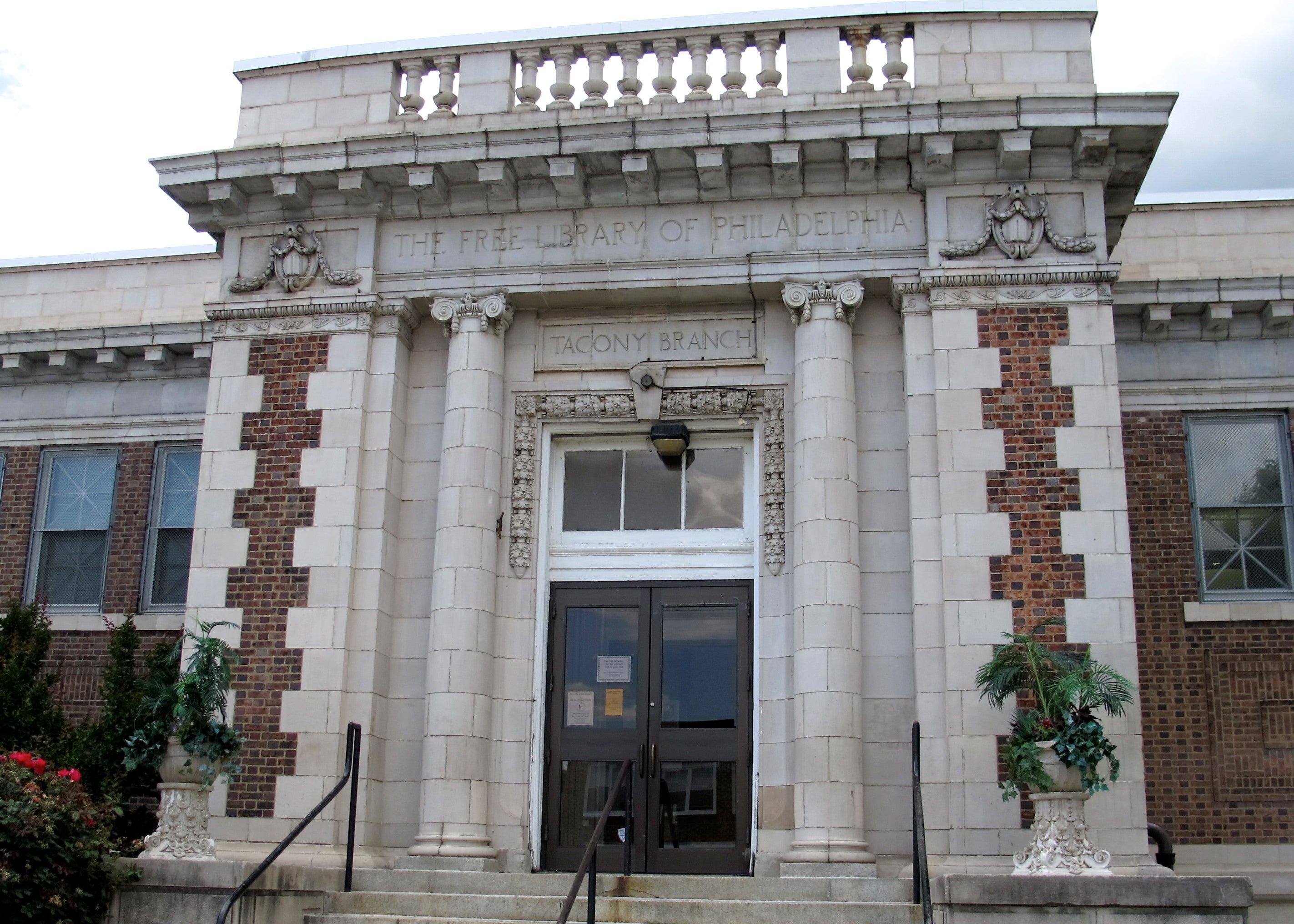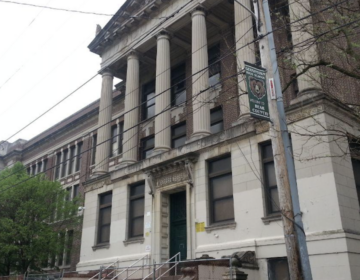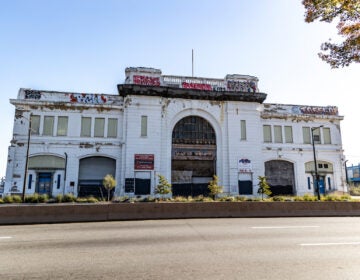Preservation of historic resources will be a priority as Rebuild develops list of projects

As the Rebuild initiative moves forward this fall, the preservation of historic buildings in the target areas will be a priority.
“We don’t know yet which buildings will be historic preservation projects with a capital ‘H’ and ‘P,’ but we very much have an interest in that,” said Kira Strong, Rebuild’s deputy director of design and construction. Rebuild will oversee as many as 200 rehabilitation projects in Philadelphia’s parks, recreation centers and libraries.
Before joining Rebuild, Strong was vice president of community and economic development at the People’s Emergency Center, where the holistic approach included job creation, place-making, and historic preservation of buildings in West Philadelphia.
Strong said the Rebuild team is in the process of developing the list of sites that will be the focus during the first year of the initiative. “We’re fortunate to have impressive assets within the [parks, recreation and library] system. The question is, how do we maintain their historic character. We have great respect and reverence for that, and we’ve always articulated that they should be handled in a historically sensitive manner. But we haven’t identified the sites yet.”
Rebuild will work closely with the Philadelphia Historical Commission and other city agencies throughout the process, Strong said.
Patrick Grossi, director of advocacy at the Preservation Alliance for Greater Philadelphia, hopes the Rebuild list will include many of the city’s Carnegie libraries. Andrew Carnegie provided $40 million to build 1,600 public libraries across the country from 1886 to 1917, and in Philadelphia some of the city’s best architects were hired to design 25 buildings. A handful of those have been razed, closed, or repurposed; 20 are still neighborhood libraries. About half of those are listed on the Philadelphia Register of Historic Places, and the rest would be “good candidates” for Rebuild, Grossi said.
The Preservation Alliance is also hoping that Rebuild will consider preserving buildings of more recent vintage. “Are they going to think a little more expansively about preservation?” Gross asked. “Does a modernist, more austere rec center also qualify as a Rebuild project?”
Strong said the Rebuild team will be looking at the preservation currently underway at two of the Carnegie libraries as models for future projects. The team also has talked “very loosely at this point” about more recent architecture, including rec centers built in the 1950s that “have grates over their windows now.” If they do make it onto the list for rehabilitation, “we want to figure out what we do to keep them open for business during construction, and how to leverage their unique architecture,” she said.
A full survey of historic resources and priorities within the city system has not started yet. The goal is to have a survey completed by Year Two of Rebuild. The Rebuild plan calls for $500 million to be spent over seven years.
Energies are currently focused on the selection of qualified nonprofit organizations to serve as “Project Users” who will manage the construction at the Rebuild sites and engage the communities. The nonprofits that qualify will be responsible for hiring designers, preservation consultants and contractors for the project, using city-provided grants.
“We would expect the Project User to propose how they would work at the site and what the design choices would be,” Strong said. The Rebuild oversight board, which will rely on the expertise of the Philadelphia Art Commission, will approve or “decide if it needs other design consideration.”
The Project Users will hold the contracts with all the professional contractors involved in the work, Strong said.
The request for qualifications from the nonprofits was released in late July, and the Project Users will be chosen by the end of October, Strong said. In the fall, City Council will review the list of proposed Rebuild sites.
“Then we will queue up those sites that are designated for work, and determine what is the plan from there,” Strong said. “It’s very exciting, and we’re putting a lot into motion already.”
Contact the writer: alanjaffe@mac.com.
WHYY is your source for fact-based, in-depth journalism and information. As a nonprofit organization, we rely on financial support from readers like you. Please give today.






